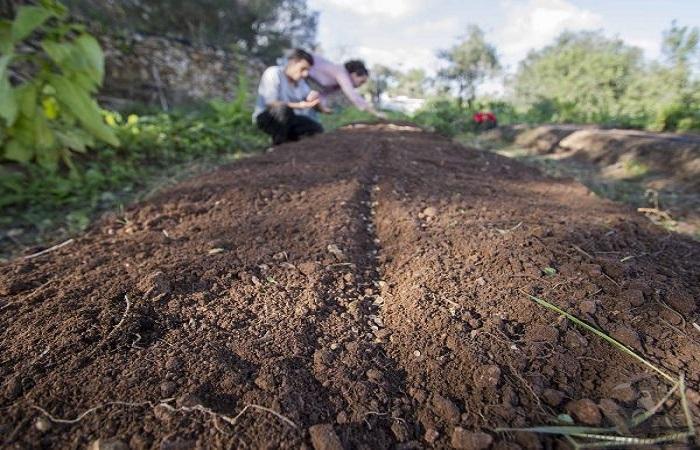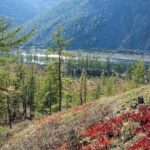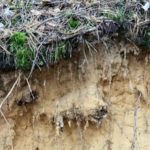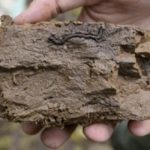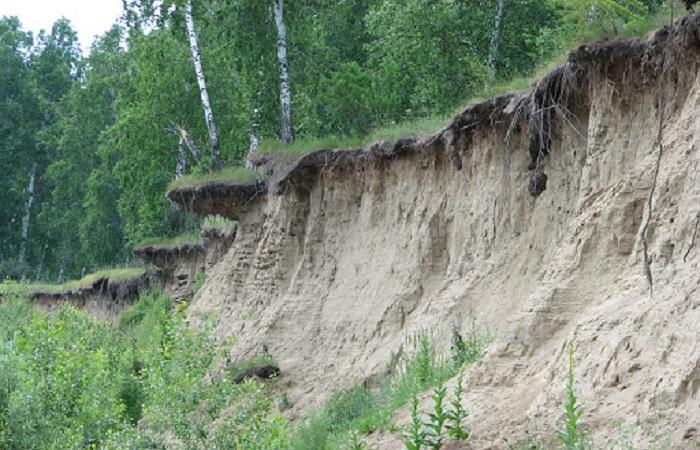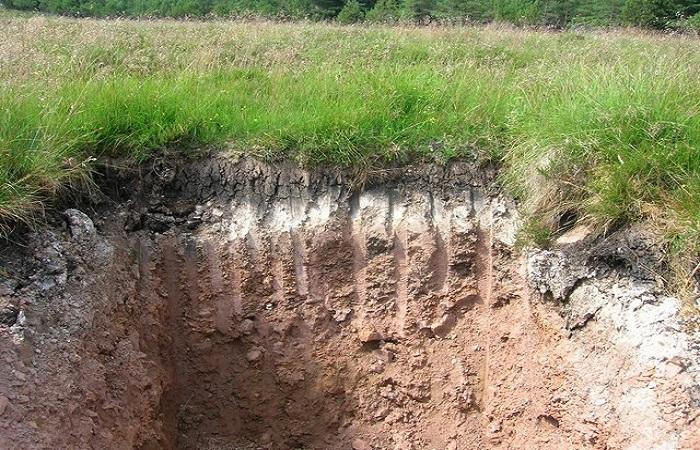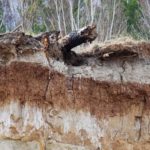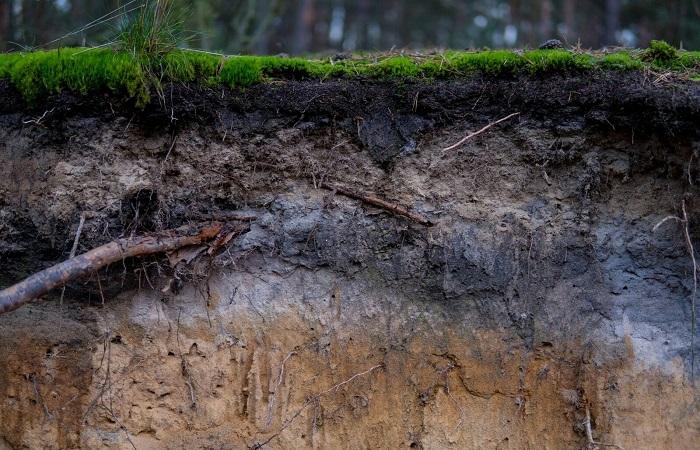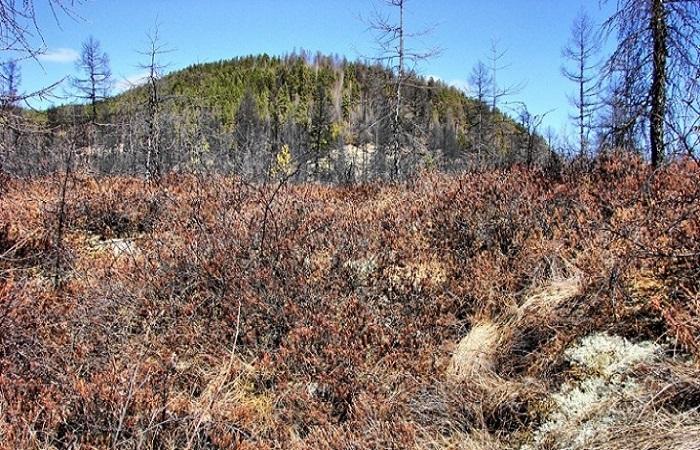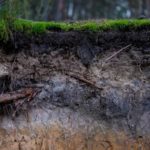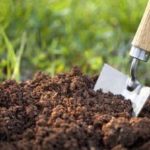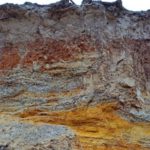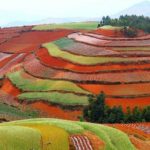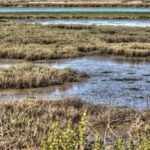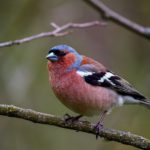A fairly impressive area is occupied by taiga soils. Despite the fact that formally this zone is included in the temperate climate zone, differences in the actual climate in such an area are inevitable. A distinctive characteristic is considered to be a significant difference in winter and summer temperatures. In this case, precipitation slightly exceeds evaporation. Therefore, there is practically no moisture deficiency in the soil structure. The only exceptions are the driest years.
Features of the taiga
Taiga, also called boreal forests, is the largest natural area on the planet.It is located in the northern and middle regions of North America, Asia, and Europe. This zone is characterized by a predominance of coniferous forests and long winters. The taiga also has moderate to high levels of precipitation. The natural taiga zone accounts for approximately 17% of the planet's land area. In the north it borders on the tundra, and in the southern part – on the steppe and forest-steppe.
The taiga is characterized by a limited number of coniferous plants. The main species include fir, spruce, pine, and larch. Also in this zone there are some deciduous trees – in particular, poplar and birch.
Plants and animals of the taiga have managed to adapt to a short growing season and unfavorable weather conditions. Winters in this region are very long and cold. In addition, they are characterized by persistent snow cover. The amount of precipitation in the eastern regions is less than in the western ones.
Soil formation
The soils that form in coniferous taiga forests are not of very good quality. They are significantly inferior to chernozem soils in terms of fertility. Soddy-podzolic soil types are predominantly found in this region. The humus content in them, as a rule, does not exceed 1-6%.
Typical taiga soils lack useful elements to support large leafy plants. In addition, the cold climate makes the soil layer very thin. The leaves that fall from small trees provide a natural fertilizer for the soil. At the same time, the needles of evergreen crops contain acids that negatively affect the quality characteristics of soils in the region.
Taiga contributes to the appearance of permafrost. The lower layers of boreal forests, which are covered with moss, provide a kind of isolation in the summer.In addition, the dense structure of the litter cools the soil to such an extent that permafrost appears.
Forest fires lead to heating of the soil, destroying the forest floor. The dark ash that remains after fires increases solar energy absorption for several years. This provokes warming of the permafrost.
Taiga soils, their features and characteristics
A characteristic feature of taiga soils is the low content of useful elements. Unlike the soils of broad-leaved forests, there is almost no deep layer saturated with organic humus.
The small thickness of the soil is due to harsh climatic conditions. They lead to a slowdown in the formation of organic fragments of taiga soil. At the same time, moss, pine needles, and fallen leaves remain on the ground for a long time without decomposing.
In the taiga there are different types of soil - podzolic, gleyzem, permafrost-taiga. Each variety has certain characteristics.
Podzolic soils
These are the most common taiga soils. They contain minimal amounts of nutrients. At the same time, fallen leaves and needles can remain on the surface of the earth for a long time without decomposing. Thus, the formation of podzolic soils is accompanied by insufficient saturation with organic matter. At the same time, podzol cannot appear in permafrost conditions.
Another important characteristic of the prevailing podzolic soils is excellent drainage. The acids that appear during the decomposition of pine needles are sent to the deep layers of the soil. They help maintain high humidity and special chemical changes in the structure of minerals.
In zones with a compacted leaching horizon, a significant reduction in water throughput is observed. Therefore, most of the taiga swamps are formed in these places. Podzolic soils are characterized by a minimum humus content. This figure does not exceed 1-4%. To use such land for agriculture, additional fertilizers are required.
In regions with mixed forests, soddy-podzolic soil is formed. It contains noticeably more humus and ash substances.
Gleyzems
Gley soils are often found on the plains. They form under conditions of increased moisture. In this case, the upper peat structures have time to dry out slightly, but the middle and lower ones do not.
During the formation of such soils, reduced forms of iron appear and their movement is observed, which leads to a lack of these compounds in the soil structure. The gley horizon is characterized by cold tones - blue, gray, greenish.
As the soil dries, it acquires a yellow-white tint. When iron oxides oxidize, rusty and black-rusty spots occur.
Permafrost-taiga soils
Such soils are formed on the plains and mountains of Siberia, as well as in the north of the Far East. They are formed in permafrost conditions. A distinctive feature of such regions is that even in warm weather the earth has a lower temperature than the air.
These soils are predominantly formed in the growth zones of deciduous trees and some shrubs - wild rosemary, lingonberry, and blueberry.The main property of permafrost-taiga soils is the presence of acidic and strongly acidic reactions.
What grows on them
Although taiga soils are not fertile, they grow many natural varieties that are adapted to the difficult climate. In the taiga of North America, balsam fir predominates. Menzies pseudotuga is found in the western regions. Pines, adapted species of willow, junipers, and spruce also grow in the taiga regions. Shrubs include cranberry, wild rosemary, lingonberry, and rose hip.
The soils of the taiga are considered not very fertile. They are characterized by a minimal content of humus and nutrients. Nevertheless, many interesting plants grow on such lands.

